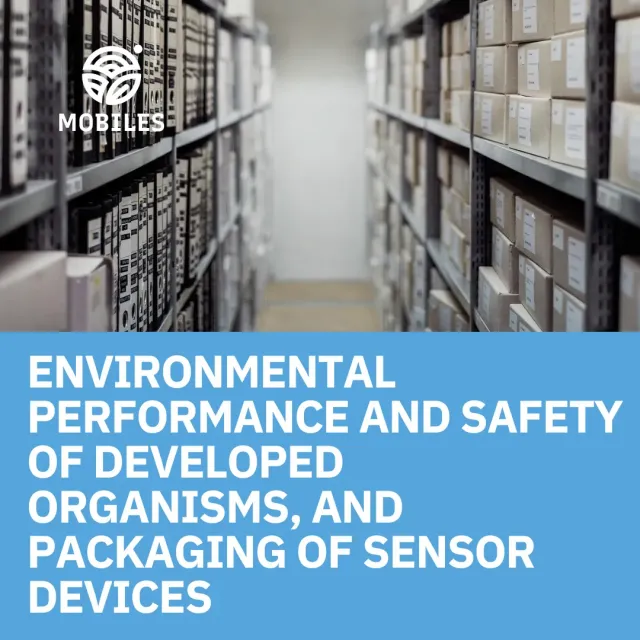
Scientists are working on improving biosensors—specialized devices that detect environmental pollutants. These biosensors use biological components, such as enzymes and microorganisms, to identify harmful substances in soil and water. To ensure their effectiveness in real-world conditions, researchers are also focusing on practical issues such as proper packaging, durability, safety, and performance testing. This activity will be supervised by RICPA (Research and Innovation Center Pro-Akademia, Poland).
One key challenge is keeping the biological elements of biosensors stable and functional over time. Scientists are designing protective packaging to extend their shelf life while ensuring the biosensors remain sensitive to pollutants. They are also developing special liquid storage solutions to preserve the active components. These efforts will make biosensors more reliable and easier to use in real-world conditions.
Since some biosensors involve genetically modified bacteria and plants, researchers must carefully evaluate their potential risks. They will conduct controlled laboratory tests to study how these organisms interact with the environment and whether they could affect non-target species like insects and soil microbes. Scientists will also assess the possibility of gene transfer from modified organisms to natural ecosystems, ensuring their safe use.
Before being deployed in the field, all biosensors will be tested under controlled conditions. Researchers will expose them to known concentrations of pollutants in water and soil to measure their sensitivity and accuracy. For example, electrochemical biosensors will undergo specialized tests to fine-tune their ability to detect contaminants, while plant- and bacteria-based sensors will be monitored to confirm their effectiveness.
By combining innovative technology with rigorous testing, this research aims to create reliable and environmentally safe biosensors. These tools will help scientists and policymakers monitor pollution and protect ecosystems more effectively.